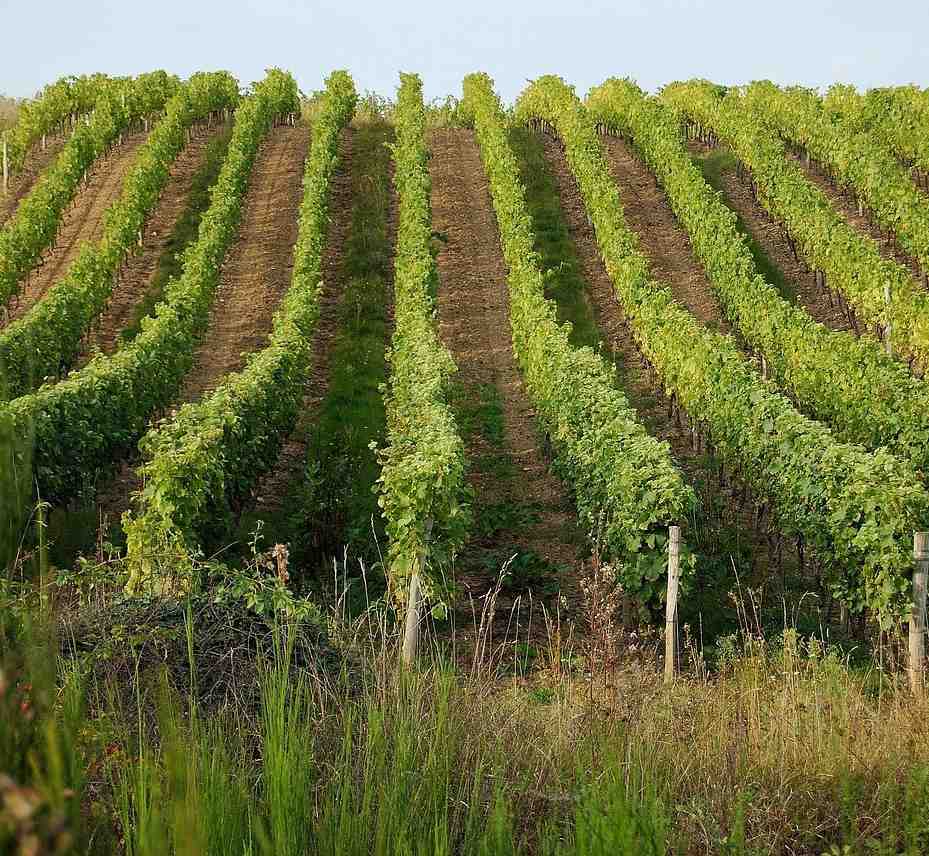
Riesling develops a great deal much flavor when maturing in the cool climate. It matures very well on heat-storing soils, in sun-oriented locations. This is true to a large extent for the steep slate slopes of the Mosel wine region. On slate Riesling often develops a racy acidity, which in fruit sweet Rieslings can play a brilliant game with fruit and sweetness . That’s why fruit sweet Rieslings are among my favorite sweet wines. In the offer of the usual wine trade are usually found only a few such fruit sweet Riesling. All the more reason why I was pleased to receive an e-mail telling me that “one month ago I started an online shop for Riesling Spaetlesen“. This appealed to me so much that I immediately responded positively to the request to taste some wines from its assortment and to blog about it.


 On the western edge of the wine-growing area Nahe, in Monzingen there is the winery Emrich-Schönleber, existing since more than 250 years, since 1994 member of the VDP. On about 19 hectares of vineyards flourishes predominantly Riesling (85%). The Riesling wines of the winery are among the best of Germany – often they are very filigree and show a good minerality. In addition to the care of soil and vine, responsible for the classic, excellent wines, also a balanced …
On the western edge of the wine-growing area Nahe, in Monzingen there is the winery Emrich-Schönleber, existing since more than 250 years, since 1994 member of the VDP. On about 19 hectares of vineyards flourishes predominantly Riesling (85%). The Riesling wines of the winery are among the best of Germany – often they are very filigree and show a good minerality. In addition to the care of soil and vine, responsible for the classic, excellent wines, also a balanced … 



